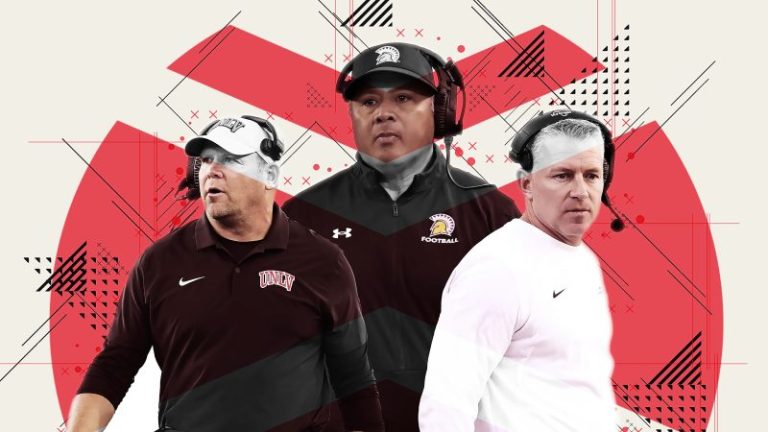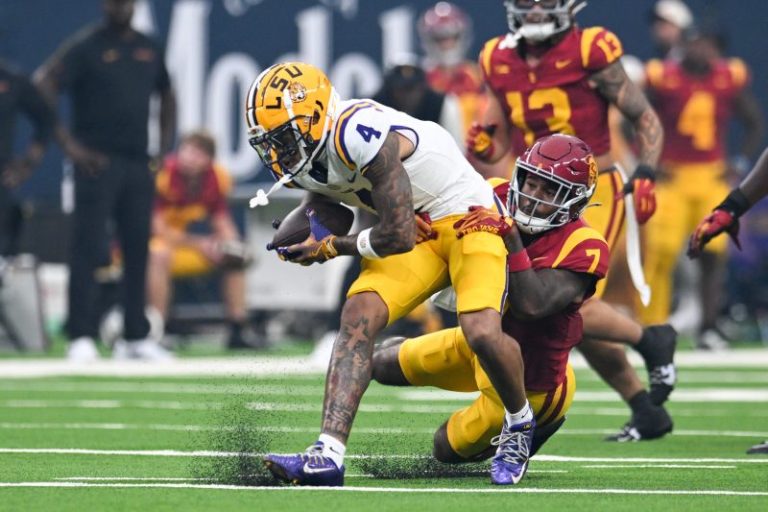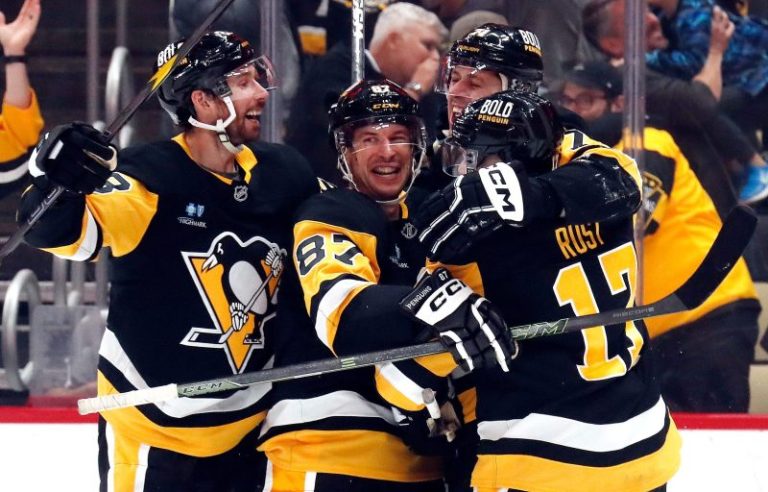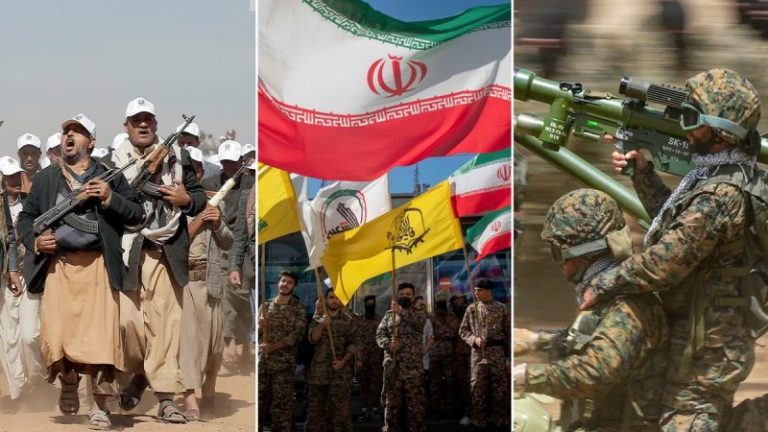NEW YORK − Los Angeles Dodgers center fielder Enrique Hernandez doesn’t have a hit song that’s played over the stadium loudspeakers every 15 minutes.
He doesn’t carry around a rally pumpkin.
He doesn’t hang out with fast-food mascot Grimace.
Oh my God, he’s just one hard-nosed, blue-collar ballplayer who’s trying to singlehandedly end the New York Mets’ magical story.
Hernandez, the hero in the Dodgers’ Division Series triumph over the San Diego Padres, is pulling off a sequel in the National League Championship Series, leading the Dodgers to an 8-0 rout Wednesday night in front of a crowd of 43,883 at Citi Field.
Follow every MLB game: Latest MLB scores, stats, schedules and standings.
The Dodgers, with their fourth shutout victory in the last five postseason games, are now halfway to the World Series, leading the Mets 2 games to 1 and threatening to ruin every New Yorker’s dream of a Subway Series.
It was the Dodgers’ pitching staff who silenced the Mets’ lineup, it was Hernandez who delivered the knockout punch with a two-run homer in the sixth inning, and it was Shohei Ohtani who put on the finishing touch with a mammoth 3-run HR in the eighth inning.
For Hernandez, it was his third multiple-hit game in his last five postseason games.
So, how in the world does a versatile utility player during the season suddenly become an October powerhouse?
“I like Halloween,’’ Hernandez cracked this week. “I believe it’s a little bit of everything. I mean, I’ve said it a lot, these are the games we’ve been dreaming of as kids. I got spoiled very early in my career to get the experience and get the opportunity to do this a lot.
“I think this is my ninth postseason now. It gets a little easier as you do it over and over again. It allows you to realize that it’s the same game. The intensity and the importance of the game gets a little enhanced.
“But I don’t know. I don’t know if it’s because I’m Puerto Rican. I don’t know what it is, but it just brings the best out of me.
“And I’m glad that it does.’’
It was a painful defeat for the Mets, whose pitching staff was battered and their offense was a no-show.
Still, after what the Mets have endured this season, they’ve become immune to adversity.
It wouldn’t be the Mets if things came easy, would it?
The Mets loved their chances to win the game with starter Luis Severino, who was 7-2 with a 2.96 ERA at Citi Field this season. Yet, after pitching a 1-2-3 first inning, he struggled with his control. He walked four batters in just 4 ⅔ innings, throwing 95 pitches and only 55 for strikes.
Dodgers starter Walker Buehler, meanwhile, gave the Dodgers everything they could have hoped. He pitched four shutout innings, giving up three hits with two walks and six strikeouts, before Dodgers manager Dave Roberts pulled him before facing a Mets’ lineup for the third time.
The Mets’ best chance to score came in the second inning when they loaded the bases with only one out, only for catcher Francisco Alvarez and shortstop Francisco Lindor to strike out.
The Dodgers were gifted their first two runs thanks to the Mets’ leaky defense in the second inning. Max Muncy drew a leadoff walk. Teoscar Hernandez hit a squibber in front of home plate. Alvarez had an easy play at first base, but instead went for the gusto. He threw to second base to try to get Muncy, but his throw sailed wide and everyone was safe. Gavin Lux bounced out to Severino, who juggled the ball, but at least got the out at first.
Will Smith, dropped to seventh in the batting order, then hit a ball that caromed off Severino for a run-scoring single. Tommy Edman followed with a deep sacrifice fly to center field caught by Tyrone Taylor, sliding across the outfield and avoiding right fielder Starling Marte.
The Dodgers sent six batters to the plate that inning. Only one ball left the infield and it was caught. And the Dodgers still had a 2-0 lead.
Then came Hernandez’s blast in the sixth that iced the game, followed by Ohtani, hitless in his last 21 at-bats with no one on base, showed just how dangerous he is with runners on base. He stepped to the plate with Will Smith on second base and Hernandez on first. Ohtani cranked Tylor Megill’s cutter 397 feet into the upper deck, measured at 116-mph off his bat, for a 7-0 lead.
Muncy completed the Mets’ wreckage with a 378-foot shot of his own into the upper deck, giving the Dodgers their second lopsided victory of the series, winning Game 1, 9-0.
− Bob Nightengale
Here’s how Wednesday’s game unfolded, live updates by Scott Boeck
Dodgers close out Game 3: Dodgers 8, Mets 0
Dodgers reliever Ben Casparius pitches two shutout innings to close out Game 3 of the NLCS. The Dodgers take a 2-1 lead over the Mets in the NLCS. Game 4 is scheduled for Thursday in New York.
Muncy ties Dodgers’ franchise record for career postseason homers
Dodgers’ Max Muncy adds to the blowout with a moonshot home run in the top of the ninth inning off Tylor Megill. With the homer, Muncy tied the Dodgers franchise record for most career postseason home runs with 13. Corey Seager and Justin Turner also have 13.
Ohtani hits majestic homer to break game open: Dodgers 7, Mets 0
Shohei Ohtani is a different player this postseason when he comes to the plate with runners on base. He’s 0-for-22 with nobody on, but now 7-for-9 with runners on, thanks to a three-run home run in the eighth inning off Mets reliever Tylor Megill to break the game open. The Mets are down to their last six outs.
Dodgers 7, Mets 0, bottom 8th
Kiké Hernandez comes up clutch again: Dodgers 4, Mets 0
Kiké Hernandez does it again with his 15th career postseason home run. With two outs in the sixth inning, Hernandez hits a two-run homer off relief pitcher Reed Garrett to give the Dodgers a 4-0 lead.
Hernandez also hit a home run in Game 5 of the NLDS against the San Diego Padres earlier this postseason that helped the Dodgers reach the NLCS.
Dodgers 4, Mets 0, bottom 6th
Dodgers relieve Walker Buehler
The Dodgers are banking on their bullpen to finish Game 3. Michael Kopech replaces Walker Buehler in the fifth inning with the Dodgers leading 2-0. Said Dodgers manager Dave Roberts during an in-game interview about Walker Buehler’s night so far, and what the plan was for the bullpen: ‘The first thing is I’ll get Kopech on (Francisco) Lindor and then we’ll go from there.’
It worked to perfection with a 1-2-3 fifth, including getting Lindor to fly out to lead off the inning.
Buehler’s line: 4.0 innings, 3 hits, 0 ER, 2 BB, 6 K.
OMG: Freeman, Lindor show off their Gold Gloves
Freddie Freeman with the scoop at first base to get Tyrone Taylor out in the fourth inning.
Francisco Lindor with the incredible backhand at shortstop to rob Mookie Betts of a hit in the 5th inning.
Mets’ turn: Luis Severino escapes bases-loaded jam
This time it was the Mets who escaped a bases-loaded jam. With one out and bases loaded in the third inning, Luis Severino got Teoscar Hernandez to line out to third and Gavin Lux to ground out to Severino.
Dodgers 2, Mets 0, bottom third
Dodgers get out of a bases-loaded jam
The Mets had their first major chance to get back against Walker Buehler in the bottom of the second.
With one out, J.D. Martinez walked, Jose Iglesias singled on a grounder that was bobbled by Tommy Edman and Tyrone Taylor walked to load the bases. But Francisco Alvarez was frozen on an outside fastball and Francisco Lindor swung through a high fastball.
The Dodgers are on the board first
The Dodgers jumped to an early 1-0 lead in the top of the second inning − without even hitting the ball out of the infield against Mets starter Luis Severino.
Max Muncy walked. Teoscar Hernández grounded into a fielder’s choice. Gavin Lux grounded out to Severino. Muncy to third, Hernández to second. Then Will Smith hit an infield single off Severino’s glove to score Muncy and move Hernández to third base with one out.
The Dodgers added a second run on a sacrifice fly from Tommy Edman, which could have been worse if not for a highlight-reel catch from Tyrone Taylor in centerfield potentially saving a third run from scoring.
Did Dave Roberts think about shuffling lineup for Game 3?
Much has been written about Shohei Ohtani’s struggles at the plate this postseason. He is 0-for-19 with no one on base, but 6-for-8 with runners on. So it begged the question Tuesday during Dodgers manager Dave Roberts’ press conference.
Is there any thoughts about shuffling the lineup for the rest of the series?
‘No, there isn’t,’ Roberts said Tuesday. ‘I just think that early on it’s just funny how things change where there was a lot of concern about Shohei not being able to get hits with the runners in scoring position. And now we’re all trying to find ways that he’s − have to get guys on base so he can hit, right? I kind of find that comical, a little bit.
‘So I don’t think that anyone can predict who is going to get on base in Game 3 or Game 4. So I feel that kind of there’s some tweaks that I do make as far as Teo (Hernandez), Freddie (Freeman), the 5, 6, maybe the 7, 8, 9. But to think that I’m going to move Shohei to the 4 or the 3, that’s just not going to happen.’
Ohtani postseason stats: 50-50 star struggling in October
NEW YORK — Shohei Ohtani kept his composure Tuesday, occasionally smiling, even mixing in some laughter, refusing to let anyone see him sweat.
If he feels the pressure of trying to carry the Los Angeles Dodgers to the World Series, he’s not publicly showing it.
The Dodgers have certainly done just fine without him making his presence felt, reaching the National League Championship Series against the New York Mets. But at some point, to get where the Dodgers want to ultimately go, they’re going to need him.
The Dodgers are loaded with stars, but it’s hard to imagine them riding in a World Series parade in downtown Los Angeles if Ohtani continues to struggle. He’s just 6-for-27 this postseason and is homerless in his last six games.
“This is my first experience in the postseason,’’ Ohtani said, “so I can’t really rely on the experiences or my reflection in the past. But what I do know is that we’ve been playing against good teams, better teams, with their best pitchers. So being able to get base hits, put up results, isn’t as easy maybe as it could be.’’
– Bob Nightengale
Dodgers vs Mets Game 3 time
First pitch is scheduled for 8:08 p.m. ET at Citi Field on Wednesday night.
Location: Citi Field in Queens, New York
Date: Wednesday, Oct. 16
Mets vs Dodgers TV channel
Time: 8:08 p.m. ET
TV: Fox Sports 1
Stream: Watch this game on Fubo (Regional restrictions may apply)
Mets lineup, NLCS Game 3
Francisco Lindor (S) SS
Mark Vientos (R) 3B
Brandon Nimmo (L) LF
Pete Alonso (R) 1B
Starling Marte (R) RF
J.D. Martinez (R) DH
Jose Iglesias (R) 2B
Tyrone Taylor (R) CF
Francisco Alvarez (R) C
Dodgers lineup, NLCS Game 3
Shohei Ohtani (L) DH
Mookie Betts (R) RF
Freddie Freeman (L) 1B
Max Muncy (L) 3B
Teoscar Hernández (R) LF
Gavin Lux (L) 2B
Will Smith (R) C
Tommy Edman (S) SS
Enrique Hernández (R) CF
The USA TODAY app gets you to the heart of the news — fast. Download for award-winning coverage, crosswords, audio storytelling, the eNewspaper and more.
This post appeared first on USA TODAY










